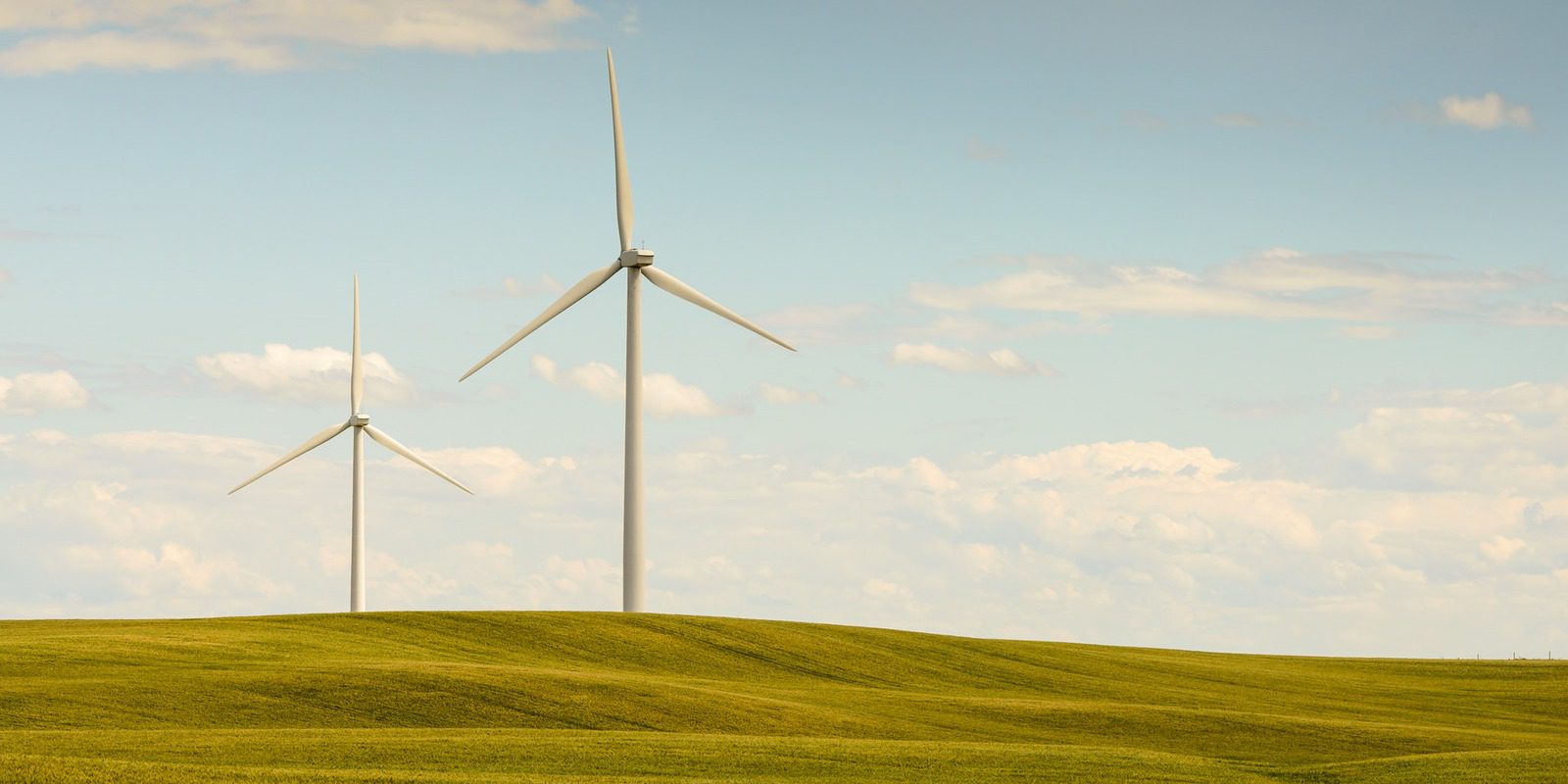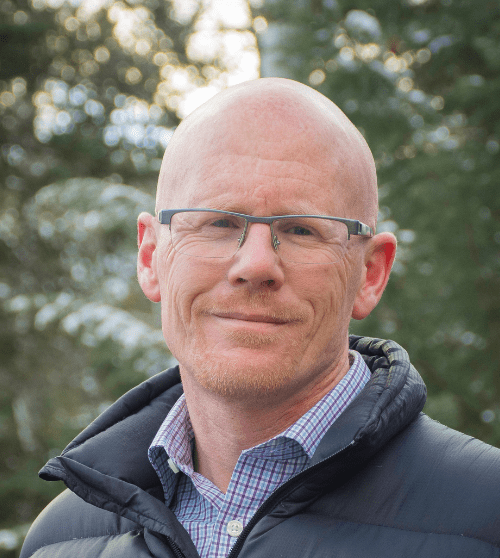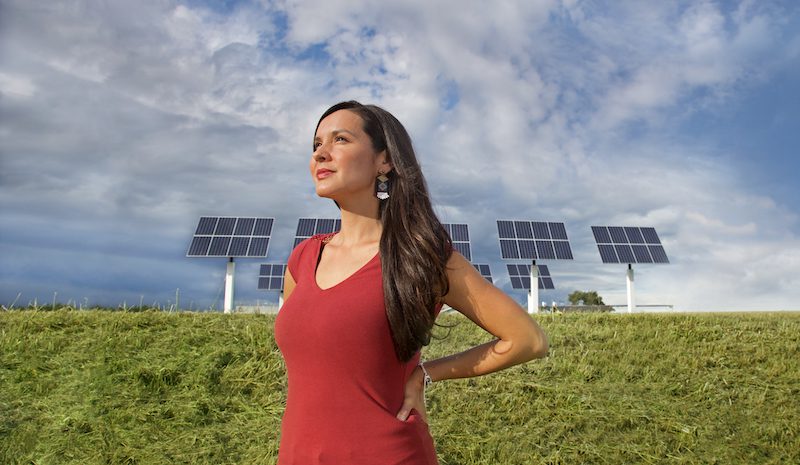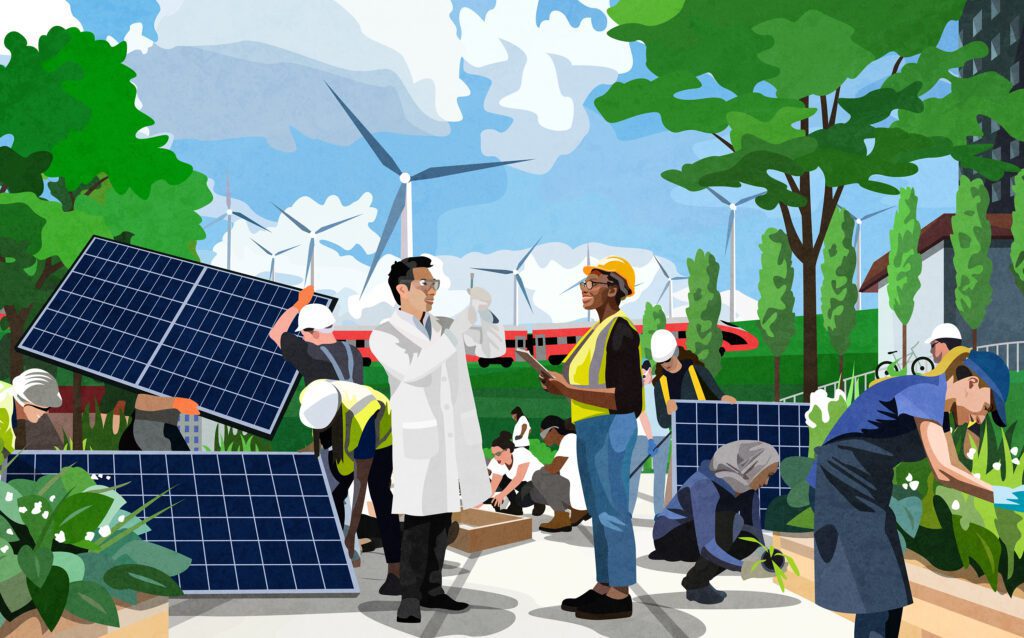The Premier of Alberta has a problem with renewable energy.
In August of 2023, Premier Smith imposed a seven-month industry-wide moratorium on new approvals for wind, solar, geothermal, and other forms of renewable energy. The halt cost clean energy investors, renewable energy companies, and provincial and municipal governments more than $30 billion in delayed, deferred, or lost investments and taxes.
The Premier also directed the Alberta Utilities Commission (AUC) to investigate renewables and make recommendations on the future of wind, solar and geothermal energy projects, supposedly on which to base Alberta’s go-forward policies on renewable energy.
Take Action: Stop Premier Smith’s attack on clean energy
In January 2024, when the Alberta power grid wobbled under the weight of a deep freeze, Premier Smith made a sad attempt to blame the troubles on a lack of wind and solar power generation, despite the culprit being two major natural gas plants down for poorly-timed maintenance, and that Alberta’s energy grid is designed to be isolated from outside power sources (just like the one in Texas that failed spectacularly last year).
Then on February 28, 2024, Premier Smith doubled down on the moratorium debacle by announcing sweeping restrictions on renewable power development, including a massive 35 km no-build zone around protected areas. That restriction would never be considered for the oil and gas industry. Not in Alberta. Not ever.


Premier Smith also made a pretty big deal about the impacts that wind and solar would have on agriculture and the environment in her Feb 28th statement. When the Alberta Utilities Commission report was released two weeks after the Premier announced the restrictions on renewable energy, it directly contradicted her statements. The report said that “renewables pose little threat to Alberta’s agriculture and environment.” That report was kept from the public for weeks.
What Are The Restrictions On New Renewable Energy In Alberta?
So now wind turbines are not allowed within 35 kilometres of protected areas, and solar panels are subject to additional approvals, but oil and gas wells are allowed inside them, and coal mines may be dug next to them, as they have been in the past.
The moratorium-ending announcement centred on three principle new restrictions: land use, viewscapes, and reclamation.
Land Use: The Premier announced that no new renewable energy projects would be permitted on sensitive agricultural lands, in addition to the 35-kilometre buffer around protected areas. Originally this buffer zone was understood to remove 76 percent of southern Alberta from eligibility for renewable power projects. New information the Alberta government shared weeks after the original announcement suggests it will be less.
However, it remains a significant infringement on private property rights, something that the Premier has been known to defend from time to time. Also, it doesn’t instill confidence that after seven months of study, the government hadn’t thought through a critical element of the plan such as where renewable power projects could be built.
How was it that an announcement with such wide-ranging impacts on Alberta’s investment climate for renewable energy – one of the fastest-growing business opportunities in the world –was so poorly considered? It doesn’t give any confidence for businesses to invest in Alberta’s renewable power industry.
New renewable projects would be banned from the Province’s important Class 1 and 2 agricultural lands. What the Premier should have noted was there are no class 1 agricultural lands in Alberta. Class 2 lands are common, and are vital to Alberta’s economy and culture, not to mention our contribution to the global food supply. However, even if the province were to build out its solar capacity to meet 100 percent of our provincial energy demand, we’d only use 1/10th of 1 percent of our entire agricultural land base. It is also common practice in Alberta and around the world to graze sheep and cattle or cultivate crops under solar and wind farms.
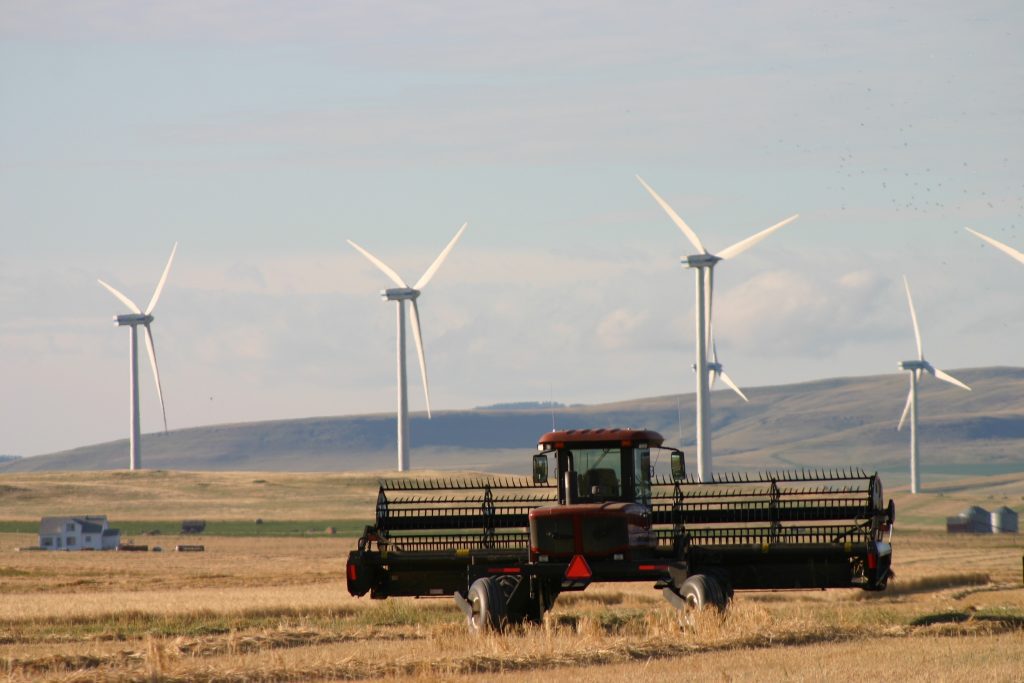

Viewscapes: New renewable energy projects cannot be developed in areas with “pristine” viewscapes. The definition of exactly what constitutes a pristine viewscape has been left deliberately vague and at the discretion of provincial decision-makers. Minister of Affordability and Utilities Minister Nuedorff admitted that the province had no definition of pristine viewscapes, but motioned in a press conference toward the mountains and foothills as an example. This sort of after-the-fact clarification is just the sort of thing that motivates investors to look elsewhere to park their cash and gives energy producers nightmares.
Reclamation: My mother always told me that if you make a mess, clean it up. It’s a lesson the renewable energy industry has lived by for decades. Many companies have voluntarily posted bonds to assure the landowners they partner with that they will not leave a mess for them to clean up. While I can’t imagine anyone balking at a cash deposit towards clean-up, it is curious that no such requirement exists for the oil and gas industry, where an estimated $ 30+ billion worth of reclamation work has been left to the Alberta taxpayer to manage. Less than a billion was spent by the government and industry in 2022 to clean up the enormous mess from the oil and gas industry,, and while math isn’t my forte, I know that means it will be a long time before this legal liability is addressed.
What’s The Future For Renewable Energy In Alberta?
Premier Smith’s announcement may create a long-term chill over future investment in the renewable energy industry in Alberta. All the sun and wind in the world can’t make up for the hostile business environment the Premier has created.
The lack of equality between the clean energy industry, and the oil and gas sector, which has thousands of wells drilled inside Alberta’s protected areas, and has saddled municipalities with hundreds of millions of dollars in unpaid taxes, is beyond ironic. It’s irresponsible, and it demonstrates a bias against clean energy projects that would be laughable if our provincial economy, our communities, and our environment weren’t being put in peril.
Whatever the Premier has against renewable energy – ideology, lack of understanding, or a sense of loyalty toward our oil and gas industry – needs to stop. We’re falling behind Europe, China, much of Asia, and the United States in investment in renewable energy. We’re losing good-paying clean energy jobs. And we’re failing our children on our promise to deliver them a better future.
Take Action: Stop Premier Smith’s attacks on clean energy


